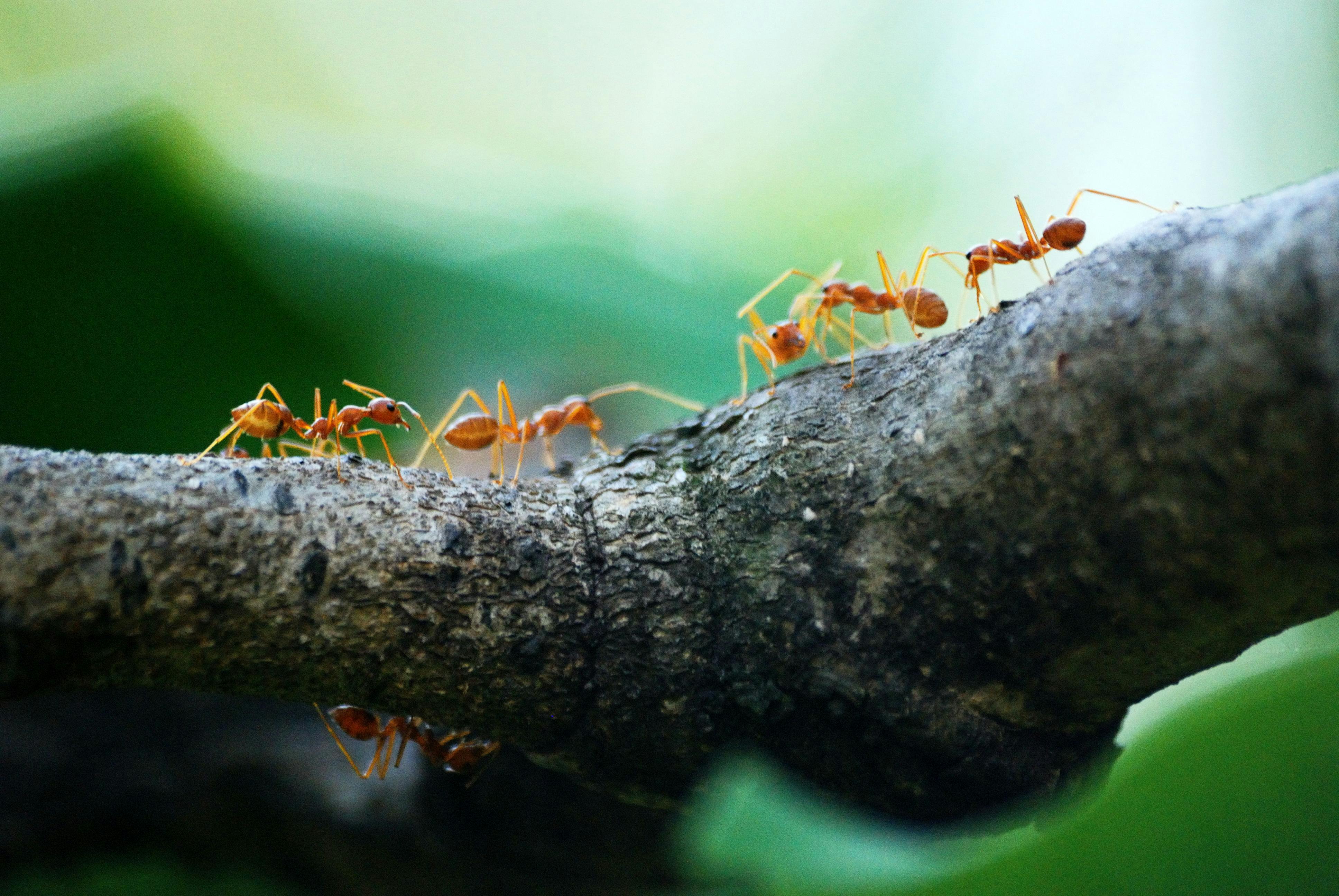The Intricacies of Ant Societies: A Glimpse into the Miniature World
The world beneath our feet is bustling with life, teeming with tiny creatures that build complex societies mirroring our own. One of the most fascinating examples of this is the ant colony. Our exploration of this little-known world reveals the social structures, communication systems, and survival strategies of these tiny yet industrious insects.

A Brief History of Ants: From Dinosaurs Era to Present
Ants have been on planet Earth for more than 100 million years, coexisting with dinosaurs. Their remarkable survival can be attributed to their complex social organization and adaptability. The early ants were solitary hunters, but over millennia, they evolved into organized colonies, creating a social system that rivals even human societies in complexity and efficiency.
The Ant Society: Where Every Insect Has a Role
Ant colonies function as superorganisms, where each member plays a specific role for the benefit of the colony. There are three main categories in an ant society: the queen, the workers, and the males. The queen is the mother of the colony, laying thousands of eggs in her lifetime. Worker ants, which are sterile females, perform various tasks such as foraging for food, defending the colony, and caring for the young. Males have one role: to mate with the queen.
Communication: The Pheromone Language of Ants
Ants use an intricate system of chemical signals known as pheromones to communicate. These signals can convey a multitude of messages, from warning of danger to leading others to food sources. This chemical language allows ants to coordinate their activities effectively and maintain the smooth functioning of the colony.
Ants in Today’s Ecosystem: Vital Roles and Threats
Ants play essential roles in the ecosystem, such as soil aeration, decomposition of organic material, and predation of pests. However, their numbers are declining due to habitat loss, climate change, and pesticide exposure. Conservation efforts are crucial to preserving these tiny creatures and the vital roles they play in our ecosystems.
The Market for Ant Farms: An Educational Tool
Ant farms, which allow people to observe ant colonies in action, have been popular since the 1950s. Today, they are used as educational tools in schools and homes, instilling a sense of wonder and respect for nature in children. Depending on the complexity and size, an ant farm can cost anywhere from $20 to $100, contributing to a niche but growing market in the pet industry.
Ant societies, though miniature in size, are a testament to nature’s complexity and marvel. They remind us that even the smallest creatures play significant roles in our ecosystems, and their preservation is integral to maintaining the balance of life on Earth.




